Should I Buy a PC or Mac for College?
Yes, we’re wading into these waters this week: The classic PC or Mac debate that spawned countless, hilarious ads from Apple and John Hodgman a decade
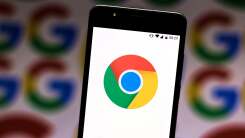
Google is going to start enrolling all of its users in two-step verification, if they haven’t set it up already. Will it come as a shock to some? Sure. But that’s fine; the surprise will fade away, leaving accounts that are much more secure than they were previously, especially for those people who use easy-to-guess passwords or, worse, reuse the same passwords for all of their services.
But why wait? There’s no reason you can’t start using Google’s two-step verification today. You’re going to have to anyway, so might as well set it up on your own terms rather than being surprised with it in the near future.
Before we begin, though, I urge you to run through Google’s quick Security Checkup feature, which can help you identify problems associated with your account. That includes everything from crappy passwords, to the two-step verification I’m talking about, to even instances where you haven’t used your Google account on various devices across a long period of time (so why let the device continue to access it?).
In a perfect world, you’re going to want your Security Checkup to look like this:
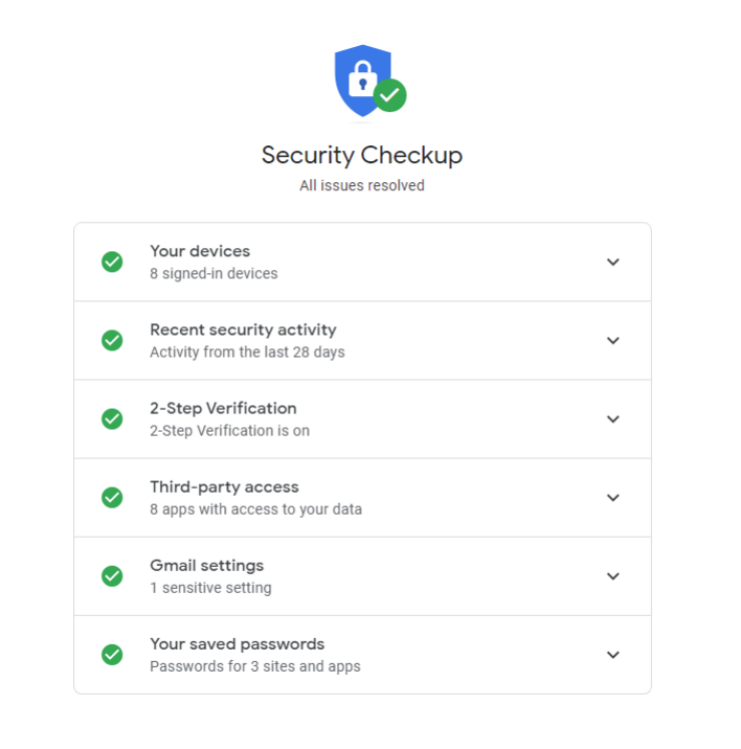
And if you haven’t enabled two-step verification already, you’ll get a big warning as part of the checkup. To get started setting that up, all you have to do is visit the two-step verification section of your Account Settings. Google will walk you through the process of setting up your account with your phone number (if you haven’t already), which will give you the default “Google texts or calls you with a code” experience for logging into your account.
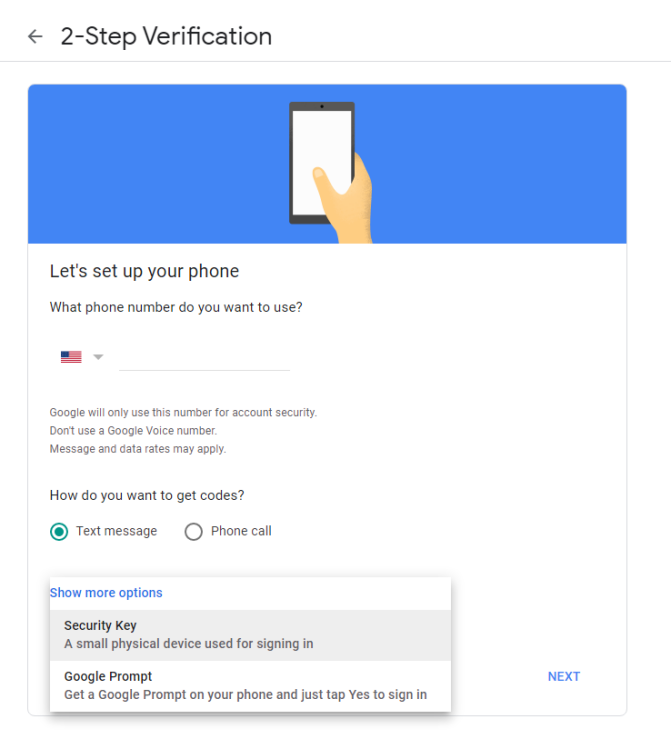
I recommend clicking on Show more options, which will let you set up a Google Prompt. This will require you to have physical access to your device in order to confirm a login, which is a bit safer than getting a code sent to you over text. If you’re really baller, you can use a physical security key to log into your Google account, but even I don’t do that. (And I should, I’m just being lazy.)
If you’re on Android, this prompt will appear on your device automatically. On iOS, however, you’ll need to install the Google app, Gmail, or Google’s Smart Lock app before you see the notifications.
Once you’re all set up, you can revisit Googles’ “2-Step Verification” page to change your login mechanism, either swapping what you have or adding new measures as a secondary way to log into your account. How deep you want to go is up to you; the more ways you make it easier for you to log in, the easier it could be for someone else to uncover your technique and use it themselves.
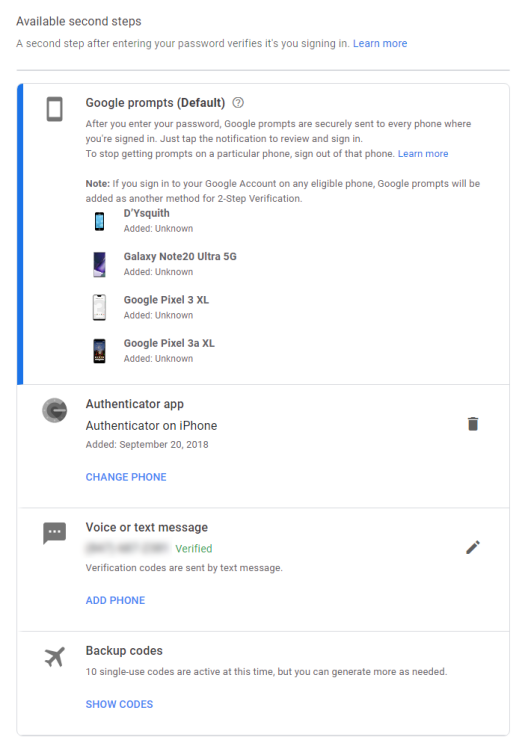
I probably have too many techniques at the ready, but they mostly rely on having physical access to my device. I only use voice/text messages as an authentication mechanism for convenience, as I’m often logging into multiple devices I’m reviewing or using for an article. (Sometimes, the prompt method screws up for whatever reason.) In a perfect world, though, I’d just use said prompt or my authenticator app. That’s all you really need.

Yes, we’re wading into these waters this week: The classic PC or Mac debate that spawned countless, hilarious ads from Apple and John Hodgman a decade

Even though none of us should be traveling right now, there are still plenty of people who want (or need) to get away from their home base. I start th
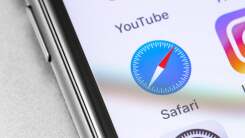
Apple’s iOS 14.6 and iPadOS 14.6 launched this week, adding several new features to iPhones and iPad devices including new voice controls, expanded tr

Safari is a perfectly good browser in its own right, but its default settings can understandably frustrate those switching over from Chrome and Firefo
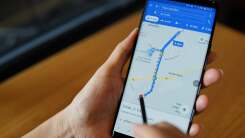
Much to the chagrin of big tech companies, nobody wants their smartphones to spy on them. By default, however, our mobile devices track our every move

There’s a lot going on in iOS 15 and iPadOS 15, from small features like Background Sounds to banner features like FaceTime SharePlay. But the one fea
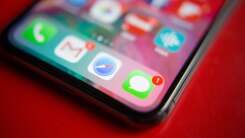
All Apple users need to update their iPhones, iPads, Apple Watches, and Mac PCs and laptops immediately to save themselves from a zero-click, zero-day

One of the key features of the new iPhone 13 series is called Cinematic mode, and it’s a feature designed to make the iPhone 13 a viable camera for ci
We are a comprehensive and trusted information platform dedicated to delivering high-quality content across a wide range of topics, including society, technology, business, health, culture, and entertainment.
From breaking news to in-depth reports, we adhere to the principles of accuracy and diverse perspectives, helping readers find clarity and reliability in today’s fast-paced information landscape.
Our goal is to be a dependable source of knowledge for every reader—making information not only accessible but truly trustworthy. Looking ahead, we will continue to enhance our content and services, connecting the world and delivering value.